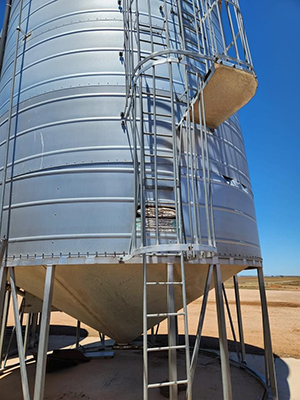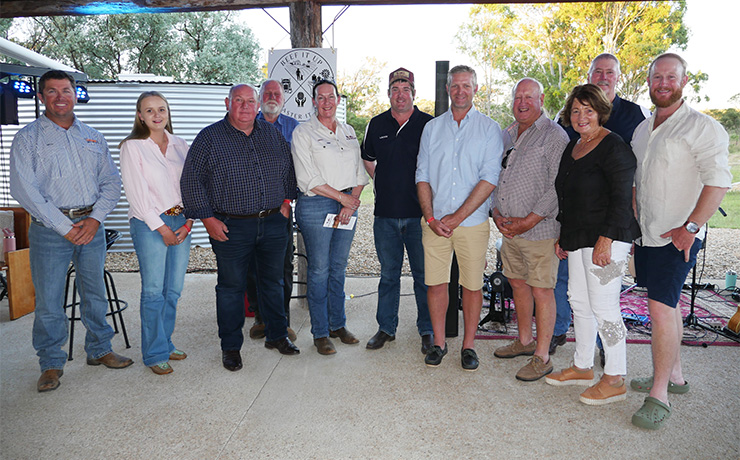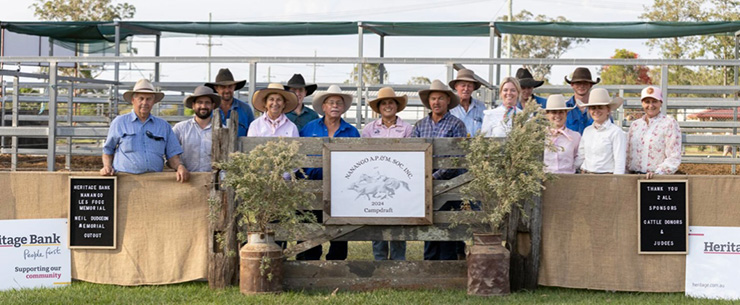
July 22, 2024
A series of high-risk incidents involving the collapse of farm silos has prompted industry experts to urge grain growers to assess and either maintain – or decommission – older silos.
Grains Research and Development Corporation (GRDC) spokesperson Chris Warrick said there had been several serious, on-farm incidents involving the collapse of silos.
Mr Warrick said well-maintained silos could last more than 30 years but growers needed to effectively check, assess and recognise when critical storage equipment was no longer fit for purpose or had been structurally compromised.
“The potential risks to family members or farm staff if a silo fails is very serious,” he said.
“There are also implications for grain or other losses, so this is an issue that growers need to pay attention to.
“If a silo is not structurally sound, we strongly encourage growers to seek an alternative storage option, make repairs or decommission the silo to prevent further damage, injury or catastrophic failure.
“Storing pulses and fertilisers can be higher risk than cereal grains, with higher bulk density and different flow characteristics placing greater loads on silos which can cause them to fail if structural weak points are apparent in either the design, materials, corrosion, damage or modifications undertaken.
“These commodities require stronger wall sheets and/or wall supports and stronger cone bases than for cereal grains. Cracked concrete bases, unlevel bases, damaged silo legs or wall sheets, corroded rivets or bolts are known contributors to silos failing under load.”
He said a checklist for growers assessing silo integrity should include:
- Is the foundation the silo is sitting on stable?
- Are the support legs and base rings free of damage and rust and in sound condition?
- Are the wall sheets free of damage and rust?
- Are all fixings (rivets and bolts) in sound condition?
- Is the ladder structure (if applicable) in sound condition for safe use?
- Does cleaning and operating the silo pose a safety risk?
GRDC Grower Relations Manager – North Graeme Sandral also urged growers to take extra care when handling fertilisers as they absorb more moisture than stored grain.
“Growers should be aware that the northern and western sides of silos often have lower moisture, with higher moisture in the southern side of the silo,” Mr Sandral said.
“This can present risks when out loading with the dry side generally emptying first; in the worst-case scenario this can lead to silo collapse.”























